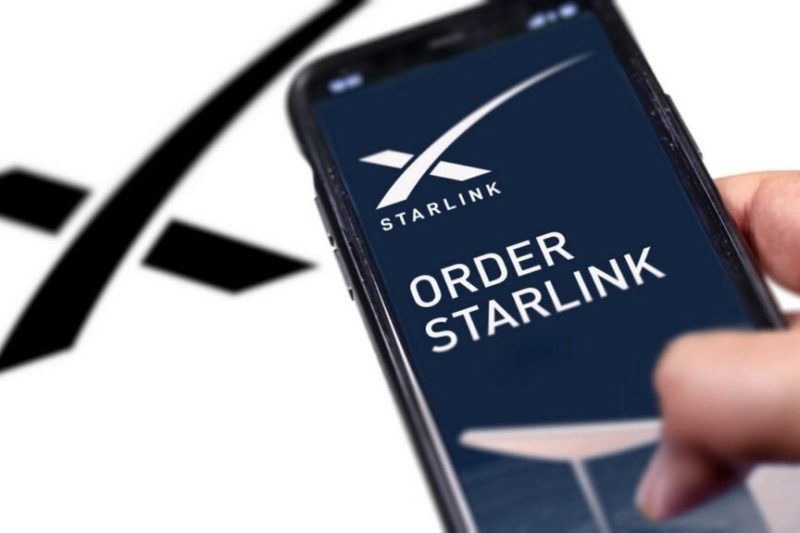
Elon Musk’s SpaceX has been making headlines, primarily due to the phenomenal success of its Starlink satellite internet constellation. The ambitious project promises to bring high-speed internet access to even the most remote corners of the globe, a feat that has captured the imagination of investors and tech enthusiasts alike. But beneath the surface of this seemingly unstoppable success lies a complex web of challenges that are raising questions about the long-term sustainability of Starlink’s – and by extension, SpaceX’s – sky-high valuation.
One of the biggest hurdles facing Starlink is the sheer cost of maintaining and expanding its vast network. Launching and deploying thousands of satellites is an incredibly expensive undertaking, requiring significant ongoing investment in manufacturing, launches, and orbital maintenance. While Starlink is generating revenue through subscriptions, the question remains whether this revenue can keep pace with the company’s considerable expenses, particularly as competition in the satellite internet market intensifies.
Furthermore, regulatory hurdles and international agreements present another significant challenge. Gaining approval for satellite launches and operating licenses in various countries can be a lengthy and complex process, potentially delaying Starlink’s expansion plans and impacting its overall profitability. Navigating the intricacies of international space law and regulations is a critical factor that could significantly impact Starlink’s future growth.
The competitive landscape is also heating up. Other companies are investing heavily in their own satellite internet projects, leading to a more crowded market. This increased competition could put pressure on Starlink’s pricing strategy and market share, making it harder to achieve the projected returns necessary to justify its current valuation.
Finally, the technological challenges associated with providing reliable and consistent high-speed internet from space cannot be overlooked. Factors such as latency, signal strength, and weather conditions can all impact the quality of the service provided, potentially leading to customer dissatisfaction and impacting the long-term viability of the business model. Addressing these technical challenges requires ongoing investment in research and development, adding further pressure on profitability.
In conclusion, while Starlink’s success is undeniable, the path to long-term profitability and a sustainable valuation remains fraught with challenges. The high cost of operations, regulatory hurdles, increasing competition, and technological complexities all contribute to a landscape that requires careful navigation. Only time will tell whether Starlink can overcome these obstacles and live up to its ambitious projections.










